Through 2016 I did a 52-Roll project where I shot the Rollei RPX films for each week, out of the three flavours available my personal favourite remained RPX 25, a spiritual successor to the iconic Agfa APX 25. These days in film photography there aren’t many offerings below ASA-100, Pan F+ is a solid choice, but sometimes you want something sharp, fine-grained, and slow. And for that, you have Rollei RPX 25. While the thin polyester base might make it hard to handle in the bag and widely thin in sheet formats, the results are worth the trouble.
Film Specs
Type: Panchromatic B&W
Film Base: Polyester (PE)
Film Speed: ASA-25, Latitude: 12-50
Formats Avaliable: 35mm, 120, 4×5
Roll 01 – Rodinal
Where best to start with a slow film known for its sharpness is Rodinal. And honestly, it doesn’t matter which dilution you use, 1+25 or 1+50 it depends on how much time you have to develop it. You see clearly the fine-grained nature of the film and the sharpness. I mean the negatives are sharp enough to cut yourself on. Plus you see a touch of the extended red-sensitivity in the film as you get the darkened blue skies.
Technical Details:
Hasselblad 500c – Carl Zeiss Distagon 50mm 1:4 – Rollei RPX 25 @ ASA-25
Blazinal (1+25) 6:00 @ 20C
Roll 02 – Kodak D-76
Sometimes you want a film to be sharp, sometimes you want it to be soft. For the most part, RPX 25 is a sharp film, yet in D-76 it tones down the razor sharp edge, but don’t think this is a bad thing. The film itself is fairly high-contrast, not so much here, the contrast is toned down to a pleasing level but you don’t lose the tonal range at the same time. In generally I rather like RPX 25 in D-76 if I’m looking for a more normal look rather than a deathly sharp contrasty punch in the face you tend to get. If I had to pick a word, smooth comes to mind.
Technical Details:
Contax G2 – Carl Zeiss Biogon 2,8/28 T* – Rollei RPX 25 @ ASA-25
Kodak D-76 (1+1) 8:00 @ 20C
Roll 03 – Kodak HC-110
When you have a film stock this fine, you really don’t need to be concerned about the developer, and honestly, think HC-110 works well on the film. While I used the B dilution, looking back I think the film would look even better with E or even H. You do get a crank up on the contrast you don’t lose the fine-grain or sharpness with the film and as an everyday developer for the film, you cannot beat HC-110.
Techincal Details:
Hasselblad 500c – Carl Zeiss Planar 80mm 1:2.8 – Rollei RPX 25 @ ASA-25
Kodak HC-110 Dil. B 5:00 @ 20C
Roll 04 – Pyrocat-HD
So when working with slow, fine-grained films, there are some developers that you just know are going to make the film sing, and with RPX 25 the one developer I knew I had to try with the large format version of the film, Pyrocat-HD remained developer number one. And the wait was well worth it. Any grain that even showed up earlier is gone, I mean I don’t even want to try and print this film as I don’t know how well I could get it in focus. You have insanely sharp images that will blow you away. Not to mention a tonal range to die for.
Technical Details:
Graflex Pacemaker Crown Graphic – Multiple Lenses – Rollei RPX 25 @ ASA-25
Pyrocat-HD (1+1+100) 12:00 @ 20C
Final Thoughts
I honestly say, having RPX 25 available these days is wonderful, as I never got to shoot APX 25 in anything other than 35mm, and now that I can shoot it in 120 and 4×5 if I need that slow speed in the summer or to get that rich velvet of running water I can. While the film’s latitude isn’t the best, you don’t really expect much from a slow film. If I want latitude I’ll shoot 100 or even 400 films before a slow film. And the best part is that the RPX line is available through most brick-and-mortar photography stores and online through Maco Direct or Argentix.
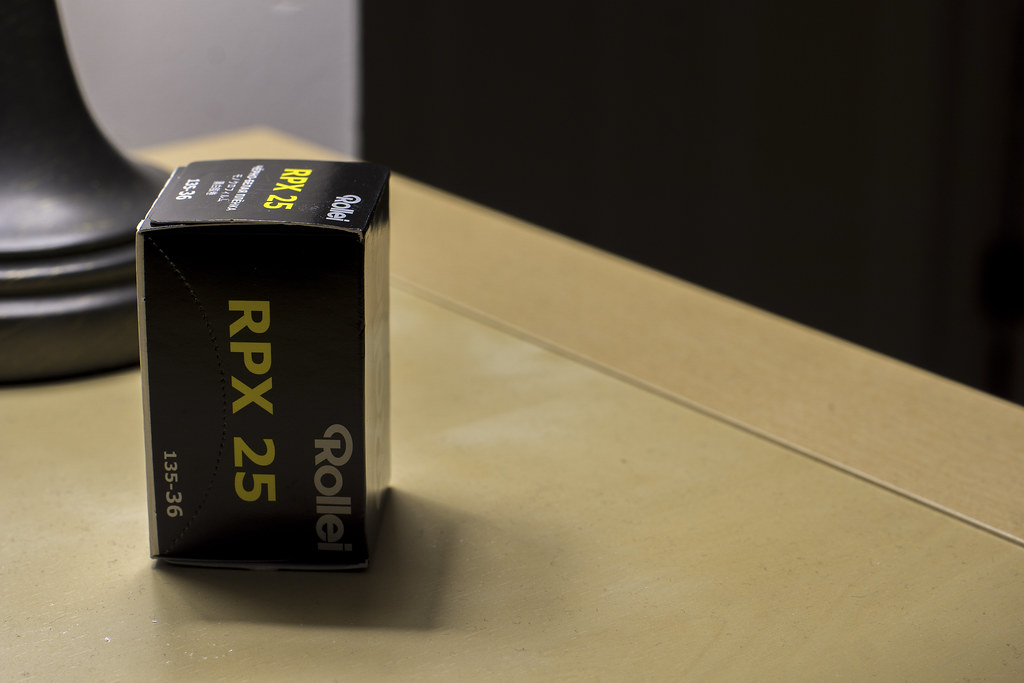
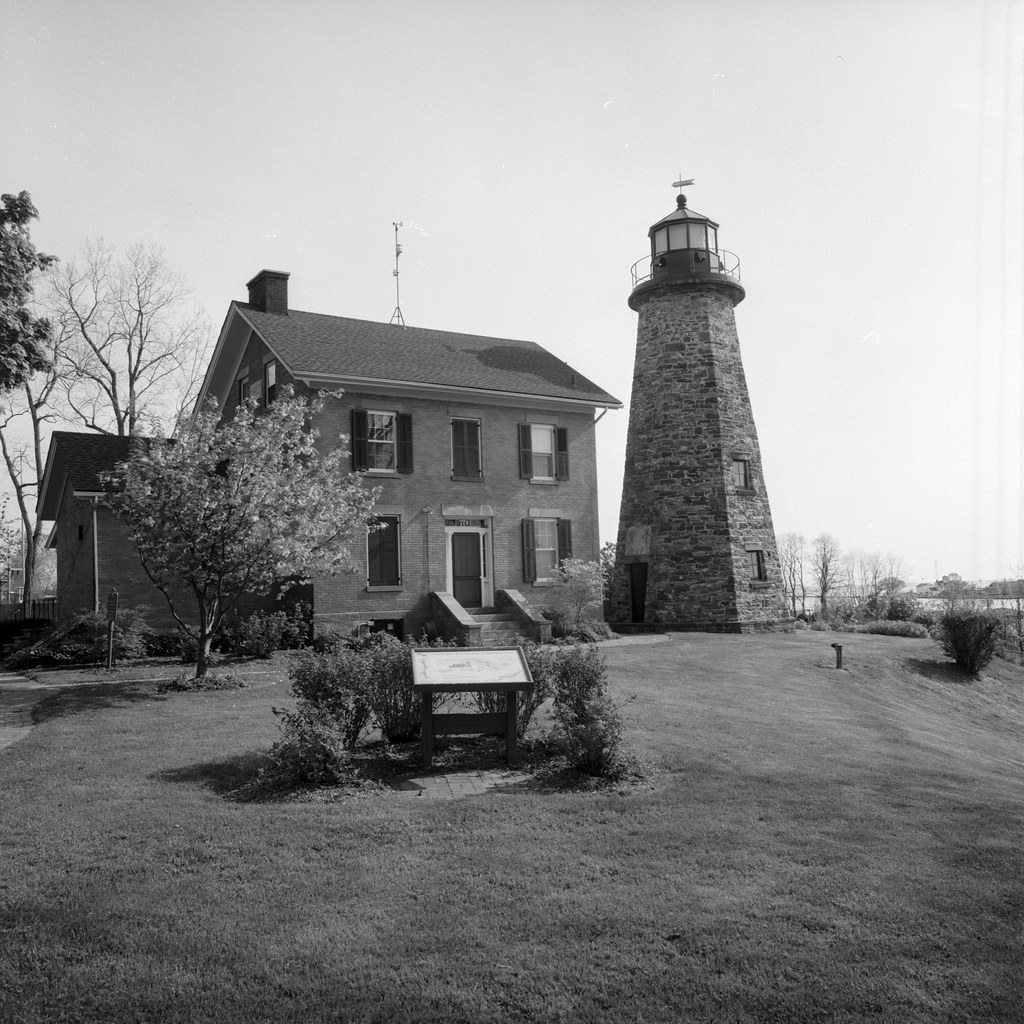
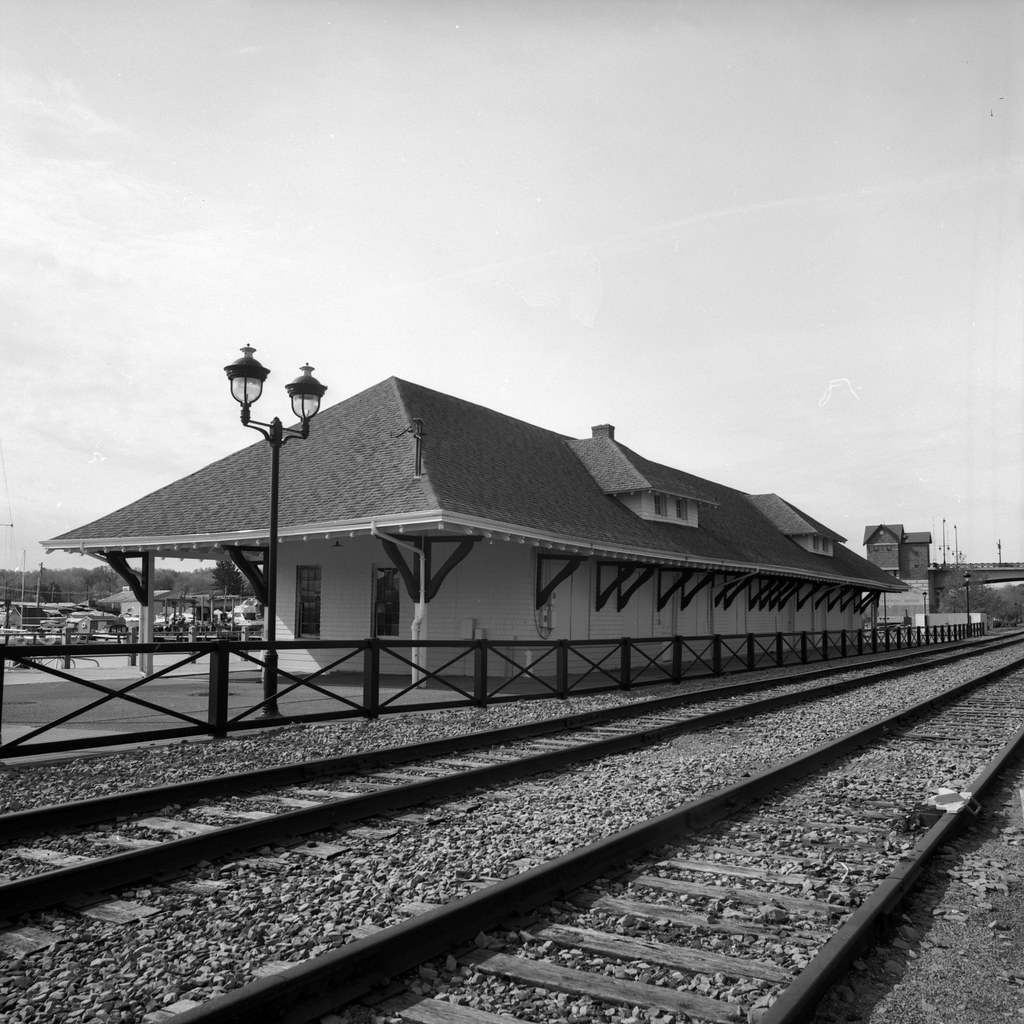
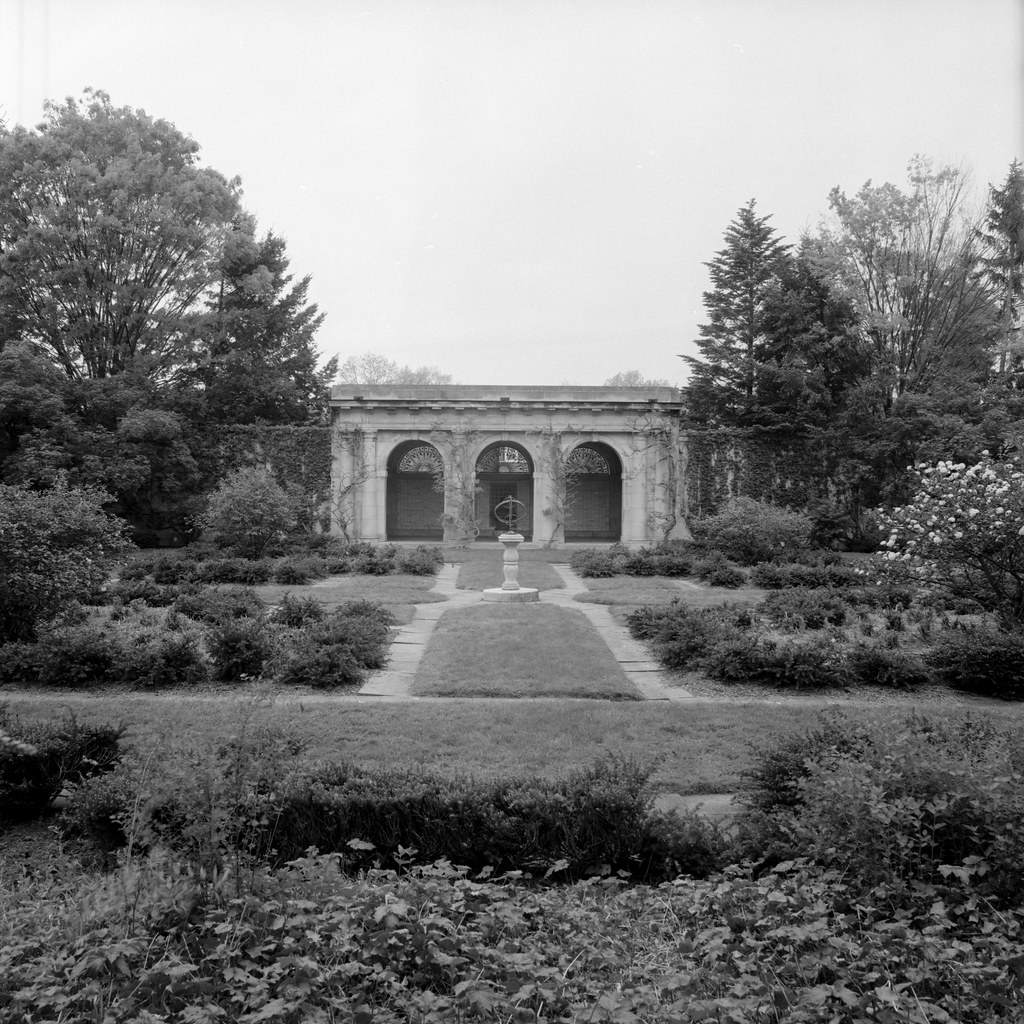

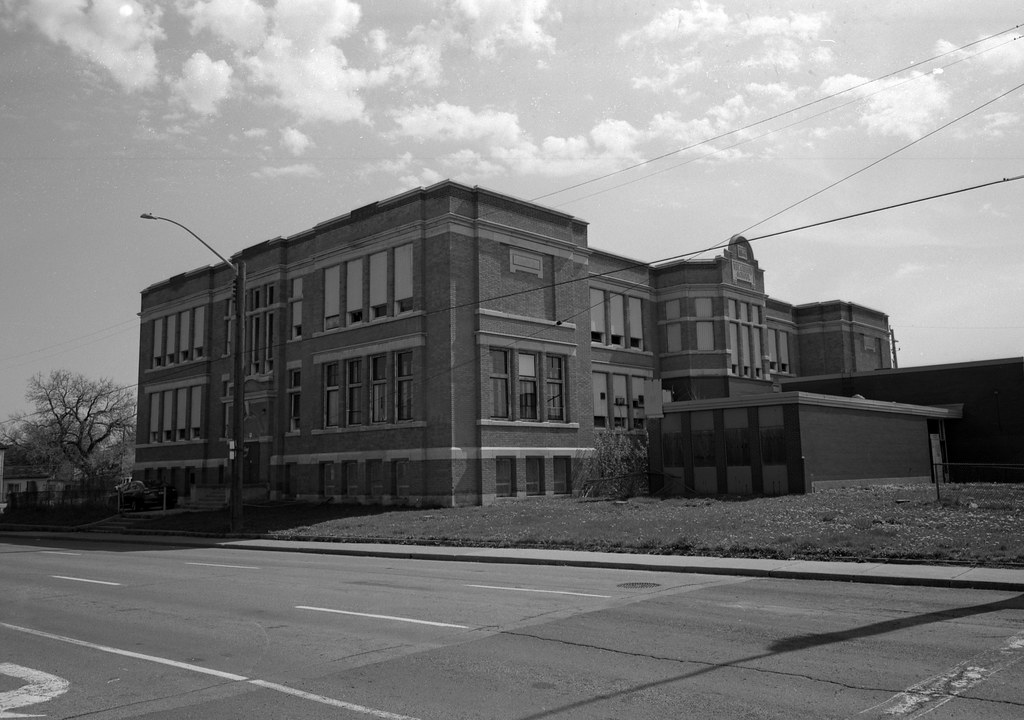
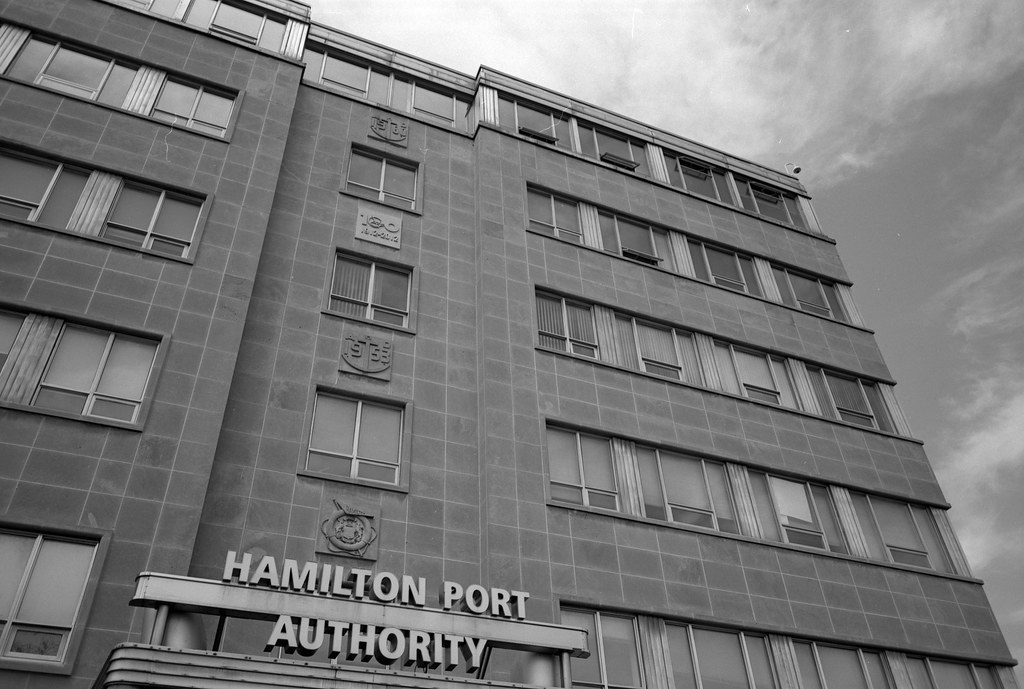
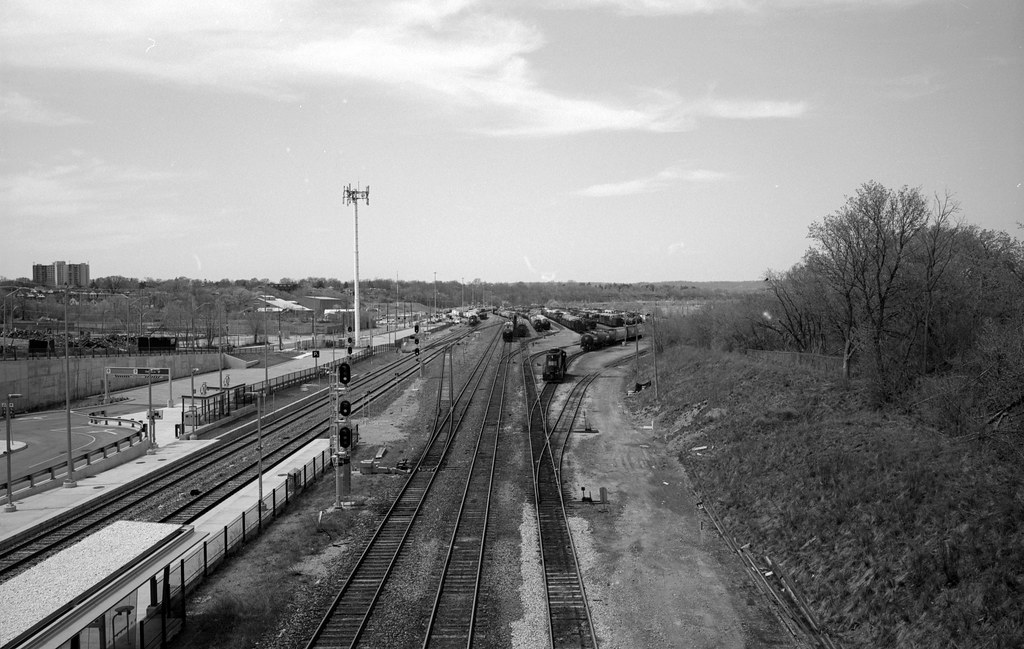
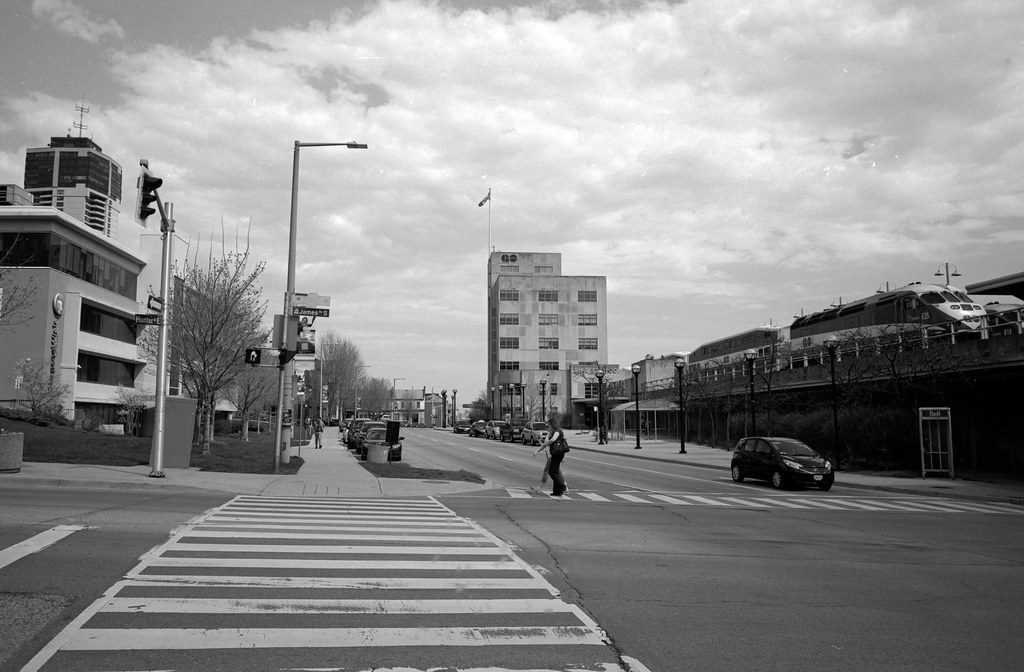
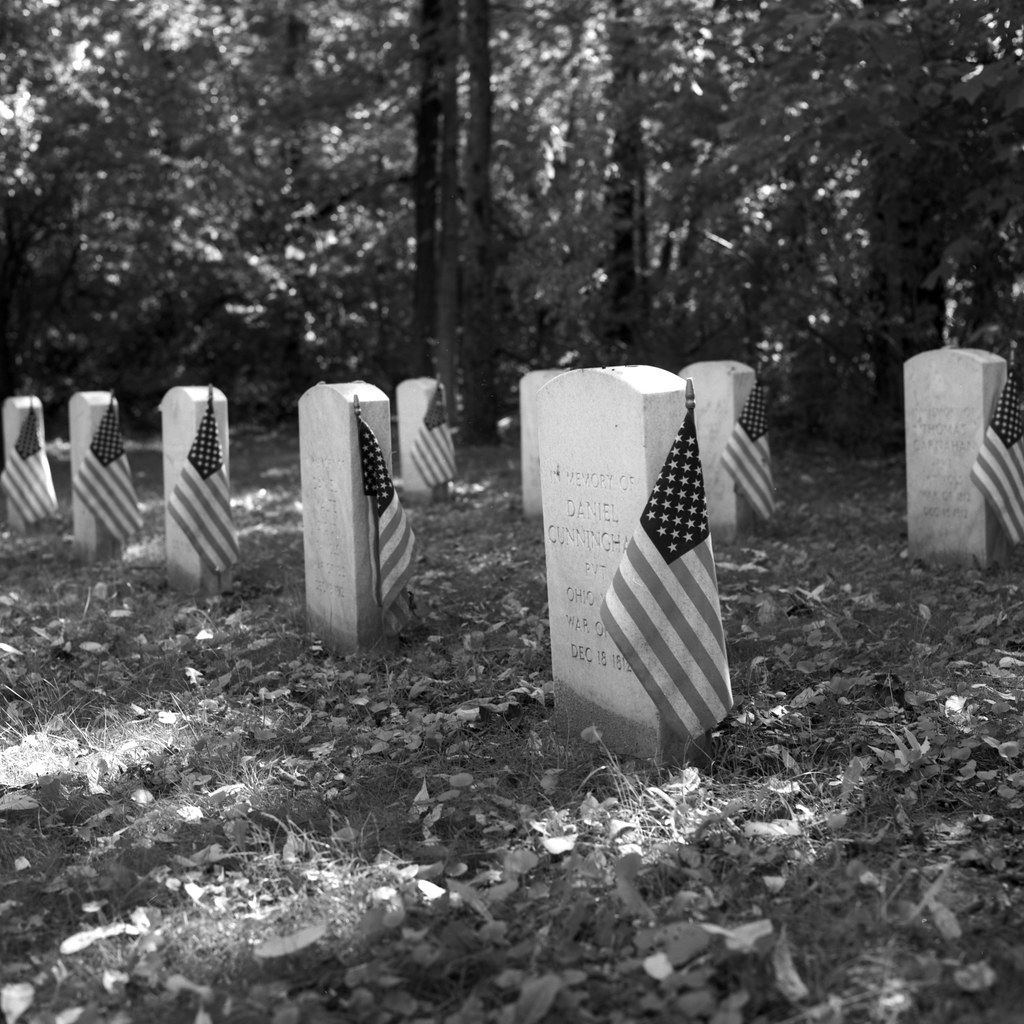

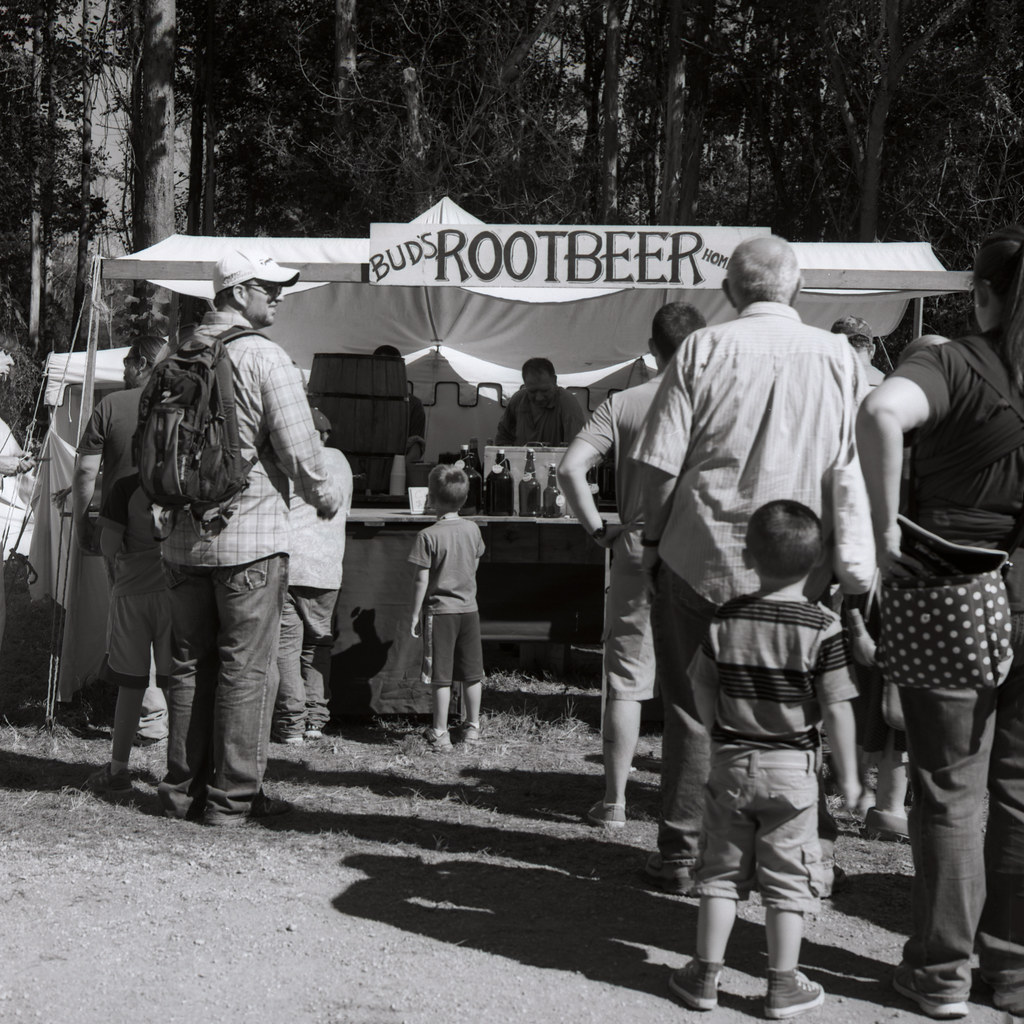

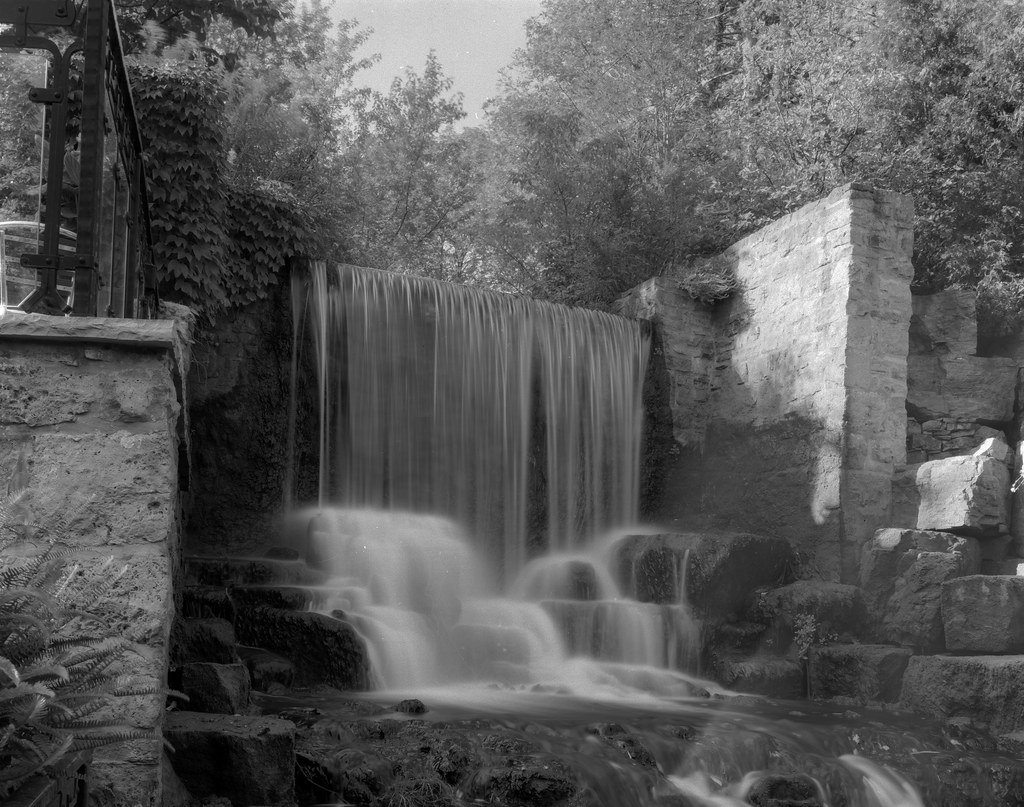

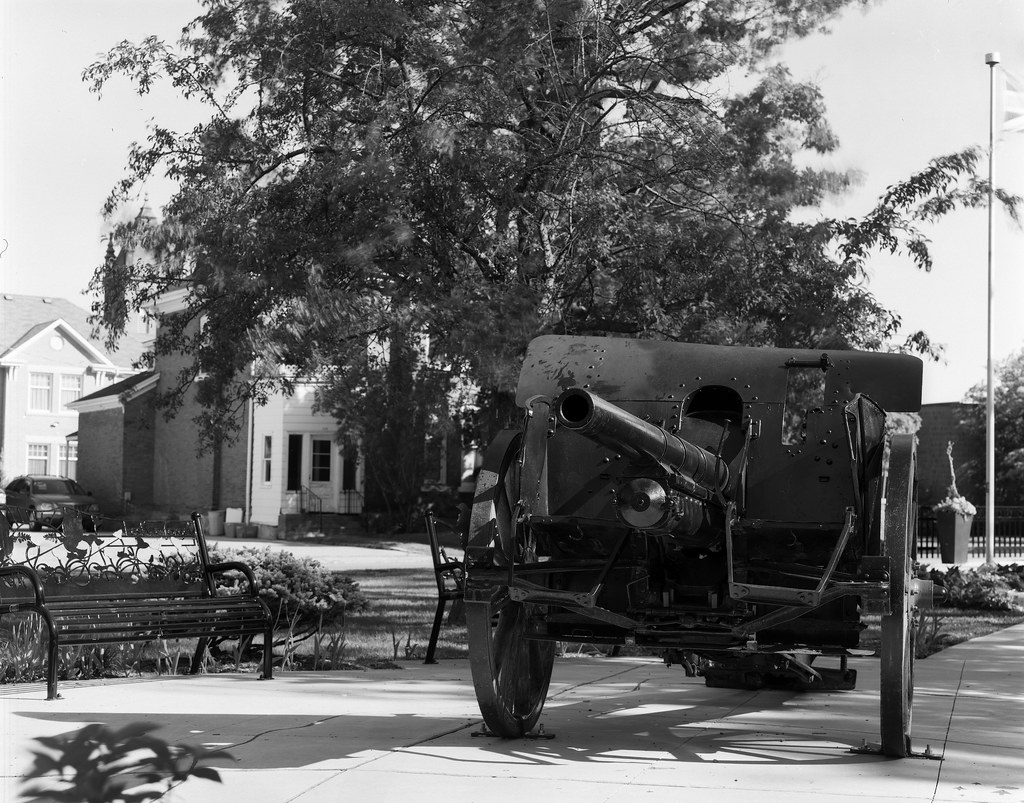
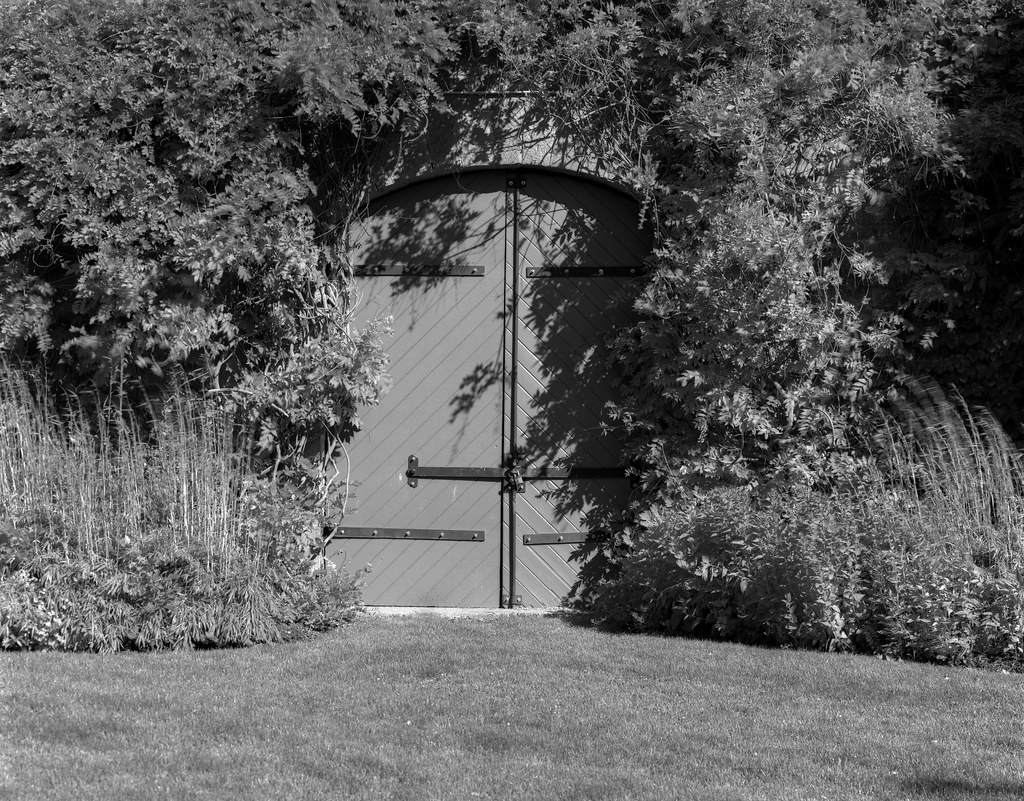
Have you had any problems with the film mottling or dark and light streaks all over the negative?
I am trying the 120 size and the first roll was a total disaster. It has a terrible reputation on various websites as a film with lots of development issues.
I’ve encountered this on a roll I shot in 2022. I haven’t shot the 120 format since. But I also encountered this molting with a roll of Retro 80s (same film) from around teh same period. I should pick up another roll and see if the problem has been resolved.
Thanks for the prompt reply and info. One more question, have you experienced the film curling after it has dried? It was very difficult to get the film flat to scan.
You pictures look great!
Thanks